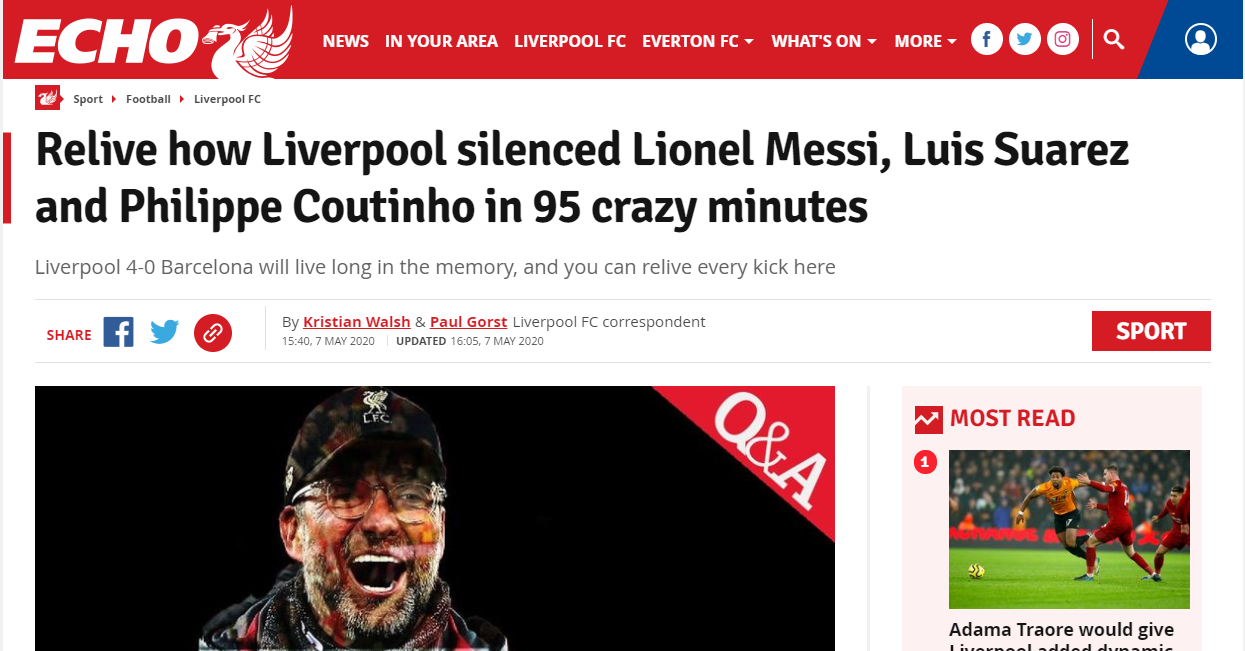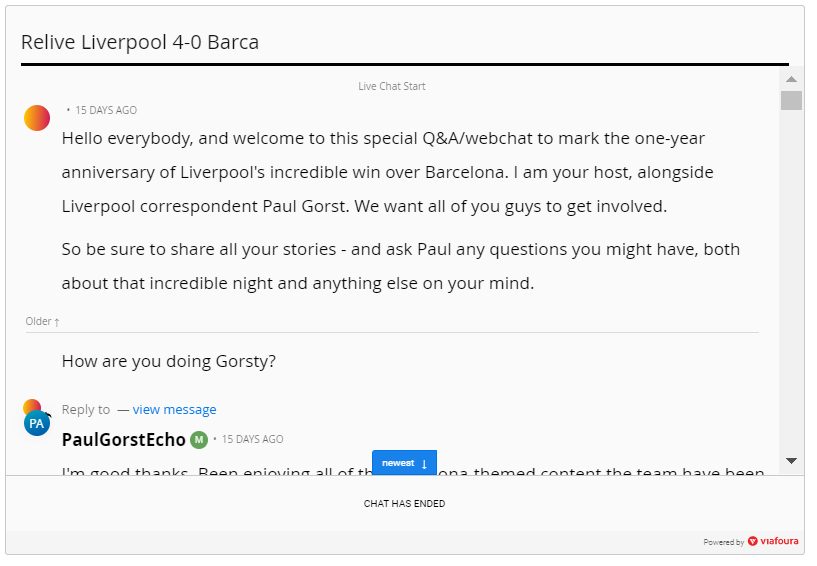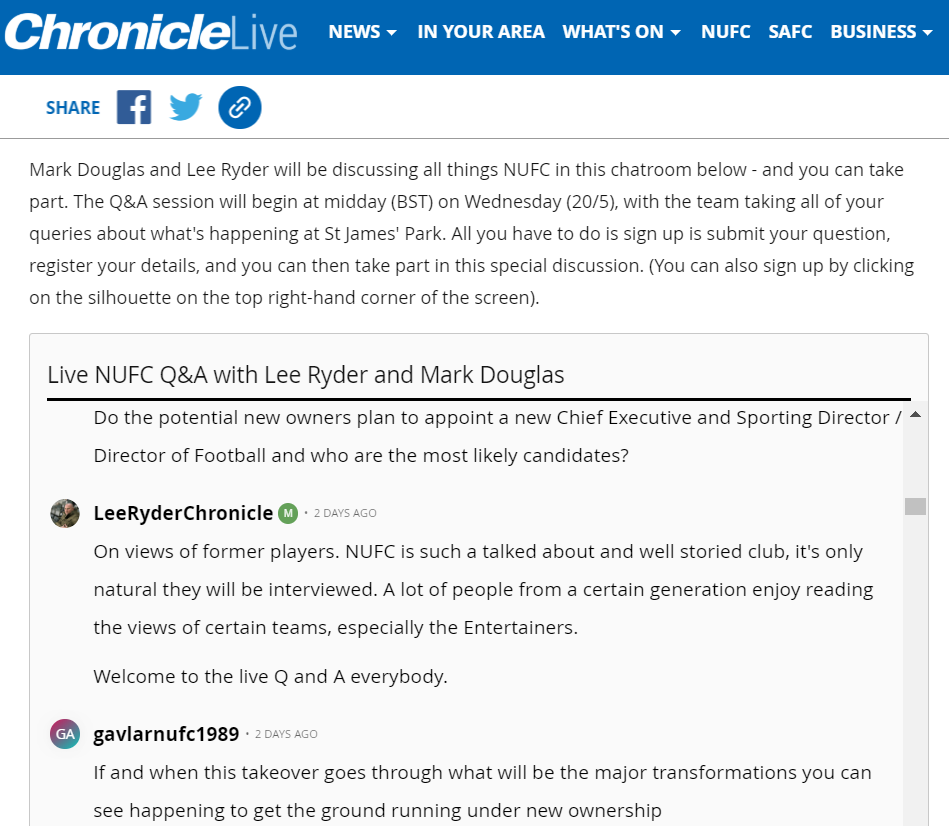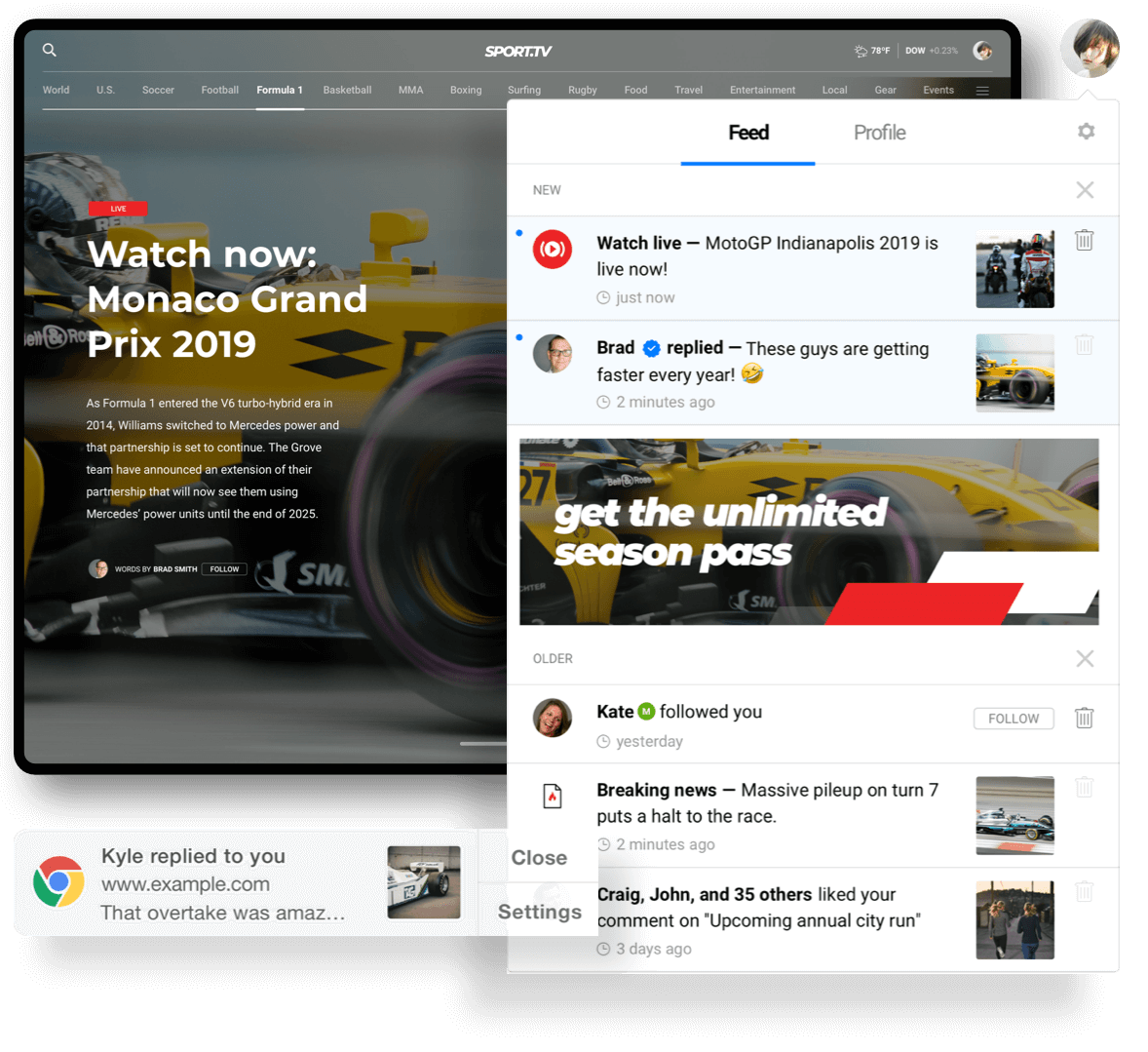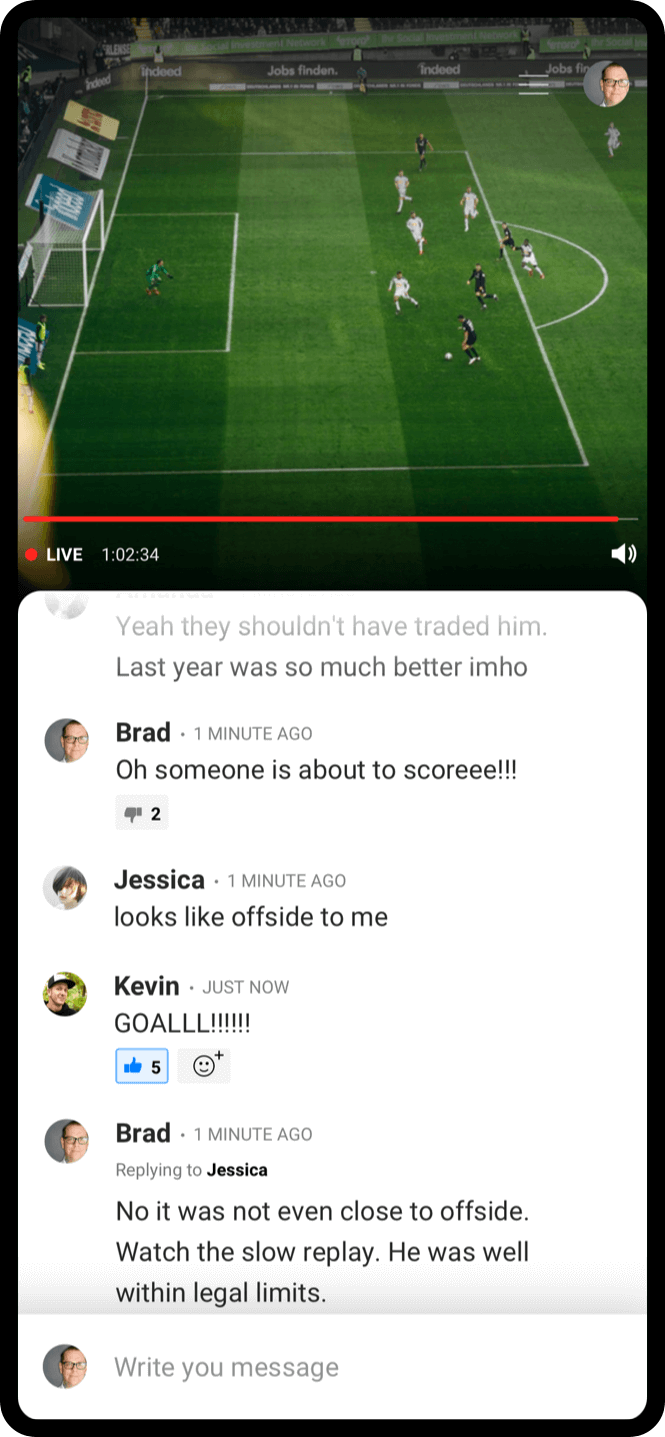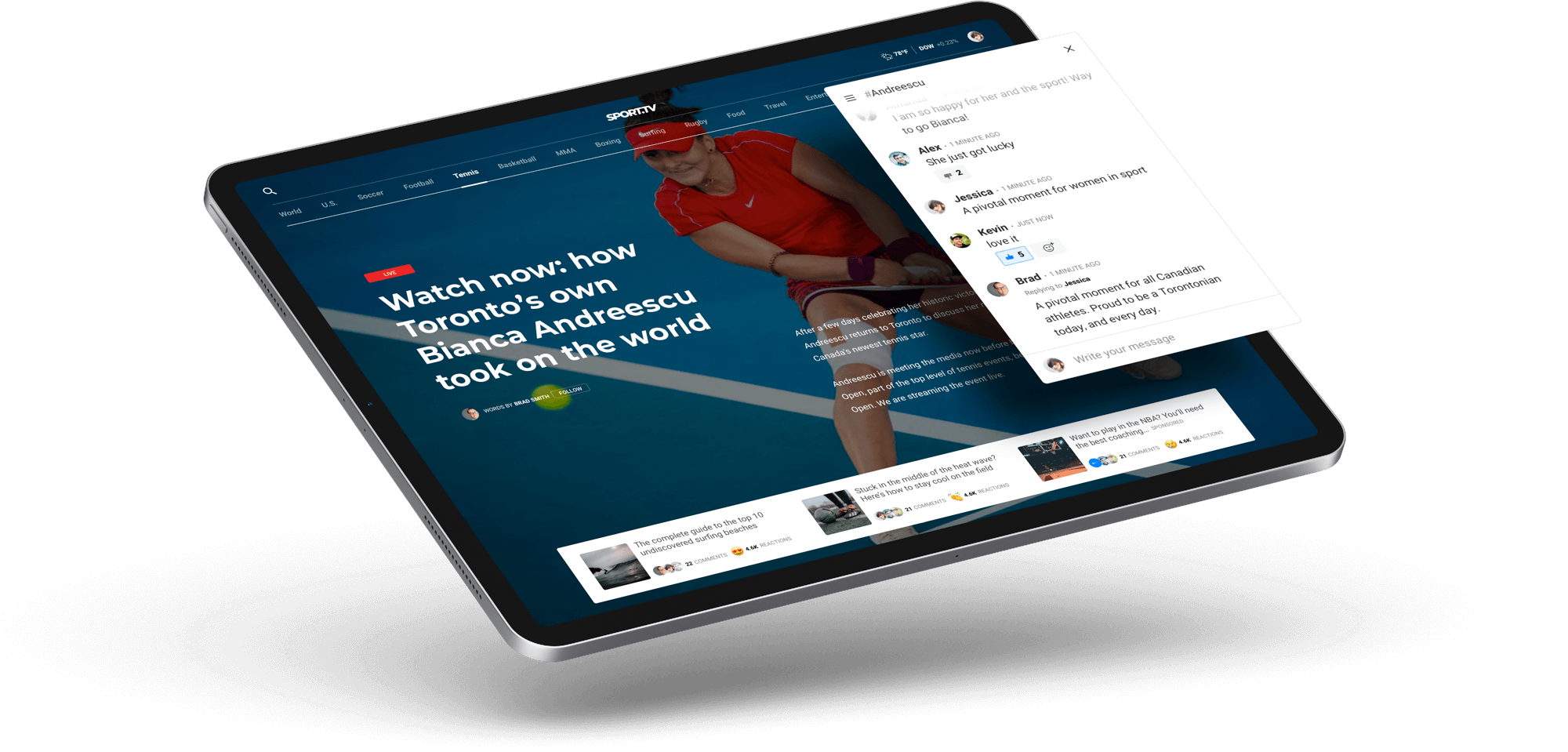Due to the pandemic, sports teams and media companies worldwide have an all-too-familiar challenge in common: They’re unable to engage with audiences in person. Organizations that want to grow and retain their now-digital communities of sports fans must pursue new ways to get fans excited for content and sports games online.
By equipping themselves with the right tools and engagement strategies, sports organizations are successfully building thriving, loyal communities — directly on their digital properties.
In fact, after working with Viafoura for just three months, Reach PLC achieved 150% growth in sports fan engagement while reducing the workload for staff.
Interested in finding out how Reach is unlocking meaningful engagement with sports fans online? Learn about Reach’s quest for higher engagement below.
The Growing Need for Powerful Engagement Tools and Moderation Services
Reach had an engaged audience before the pandemic ever started; however, it had yet to perfect a way to boost sports fan loyalty and related engagement metrics online. As soon as COVID-19 began to ban in-person audiences from sports events, it became clear that digital engagement would have to become a priority to fill the void for fans.
In order to deliver highly engaging experiences, Reach’s audience development team knew that the company would have to overcome some significant challenges.
For instance, most of the company’s sports content only consisted of in-depth articles written by journalists. Reach quickly realized that sports fans weren’t being engaged after they finished reading the content. Instead of connecting with each other and participating in online discussions, consumers would leave Reach domains right after reading content without becoming registered users.
The company also realized that its staff members were spending too much of their time moderating comments and trying to encourage positive and meaningful discussions on its properties. The lack of an automated moderation system meant that trolling behavior could easily overtake any productive conversation.
Since 50% of people will leave a situation entirely after experiencing incivility, Reach’s engagement tools needed frequent human intervention to create a safe space to nurture its community.
Ultimately, Reach turned to Viafoura to help engage its sports fans and build loyalty through civil and interactive experiences online.
Benefiting From Rich Engagement With Digital Visitors
Using Viafoura’s conversation-based tools, Reach has been able to interact with sports fans in an extremely engaging way while gaining first-party user data.
At the start of the pandemic, when sports games were all on hold, Reach put these social tools to use by creating a space to discuss milestone anniversaries, gameplay strategies and pandemic predictions in the sports world. That way, fans could satiate their hunger for sports engagement, and Reach could keep its community active and loyal to its brands — even without in-person games.
Keep in mind that sports fans would need to register for an account to participate in these discussions. This gave Reach a steady stream of user behavioral data that helped inform its business decisions and improve the fan experience.
Digital visitors to Reach’s sites continue to participate in live chats with their favorite sports journalists, so they can get excited to discuss teams, games and players.
“Viafoura has helped us tap into new and better ways to keep our audiences engaged and build more loyalty,” says Kristian Walsh, head of sports audience engagement at Reach. “With Community Chat, we’re delivering more value to the fans, while also increasing engagement.”
In general, Reach’s use of Viafoura engagement tools led to a 117% increase in comments across its digital properties.
Building an Active Community Through Civil Conversations
Media organizations that host positive and productive social spaces can access a wealth of audience engagement data and encourage strong relationships to form between users.
To prevent trolls from destroying the benefits of these social spaces, Reach decided to take on Viafoura’s automatic moderation system, which instantly blocks up to 95% of toxic comments. Together, Reach and Viafoura adjusted the moderation algorithm to support the unique community guidelines built around Reach’s audience and understand the nuances of language used by visitors.
The addition of an effective moderation system ended up saving staff 120 hours of work each month. Now, Reach’s sports journalists no longer have to spend their time scouring comments for toxic behavior and can refocus their efforts on higher-value tasks instead.
Because Reach’s digital users have a safe space to voice their opinions and form connections with each other, there’s more reason for users to return and engage with its brand regularly.
Whether sports fans can return to stadiums or not in the near future, Reach PLC will continue to build positive, engaging experiences that captivate sports fans online.




